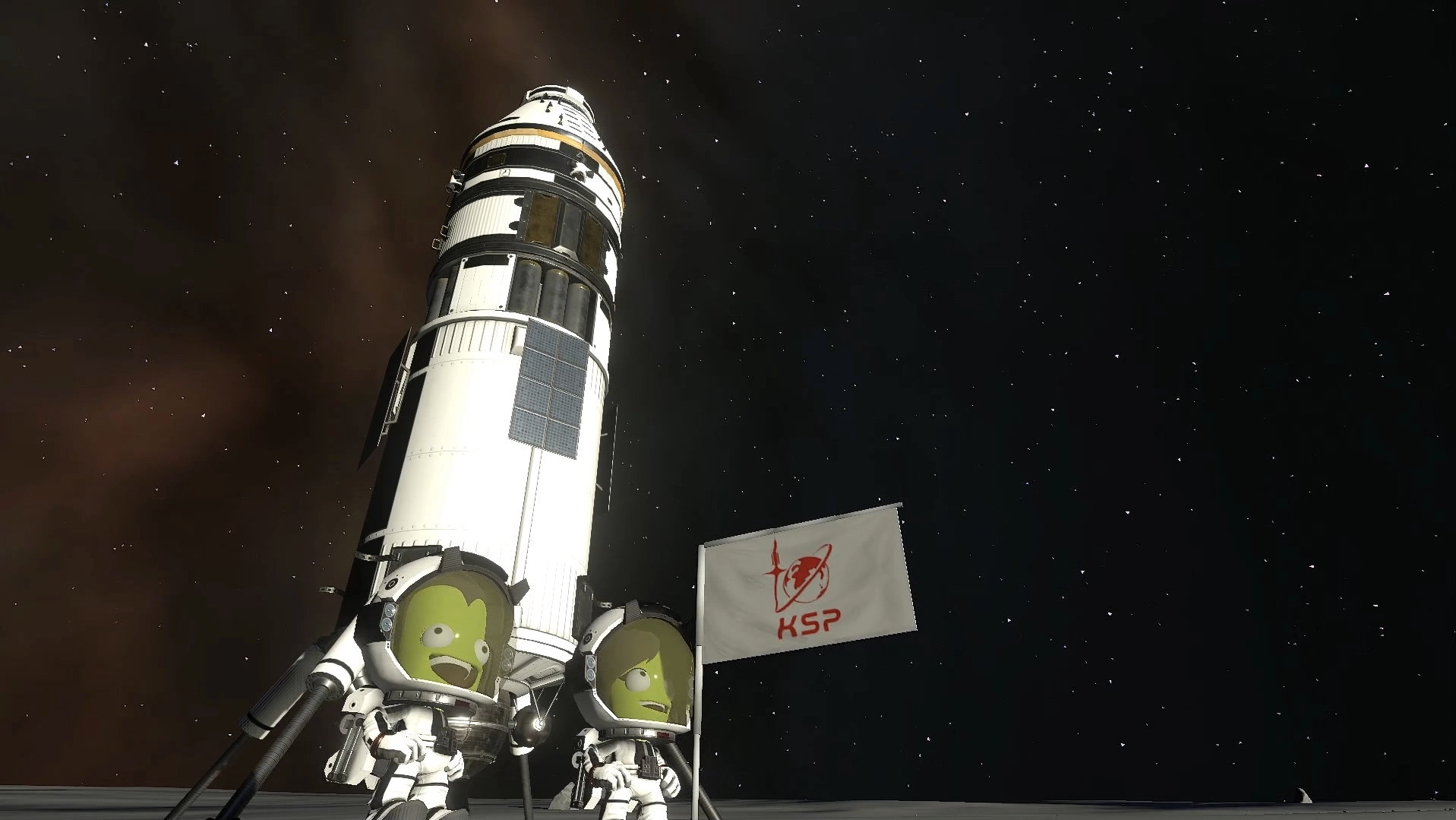

But the question is, what benefits are there for this extra cost? I'm not saying this would make it impossible, after all gravity assists suffer from the same issue and they're still really effective. When the actual SoI change happens the "real" calculation is made, it's fairly common for resulting orbit to be noticeably different from the prediction.Īdding more SoI's so close to the "Bodies" will decrease how much you can depend on the estimated trajectory during interplanetry travel, by adding error margins to error margins. This is a "On the Rails" calculation, these have higher margins for error than the regular calculations to allow the simulation to keep running smoothly. When your trajectory results in a "SoI" change, the engine attempts to calculate your orbital trajectory in the new SoI before you get there.
#Kerbal space program 2 lagrange points mod#
Personally, as much as I'd like to see Lagrange points in KSP, I accept that that's just the geek in me, they really wouldn't add much to the game, especially to inexperienced players.ĭisclaimer, I am not familiar with KSP code base, everything stated here is an educated guess based off what I've read from the game and mod developers.Įvery planet, moon and sun (from now on referred to as "Bodies") have a Sphere of Influence ("SoI"), mechanically it would be plausible to create invisible "Bodies" in the correct places to create pseudo Lagrange points that you could orbit without issue (assuming you don't get too close, this results in singularity acceleration as NasenSpray mentioned), the problem is the "SoI" transitions. In the case of normal bodies, both bodies usually have rather weak acceleration at that point which leads to more subtle effects of grazing an SoI. There's also the fact that the reversed fade on the intensity of the gravity would mean that you'd go from low acceleration to higher acceleration as soon as you crossed the SoI. I don't know if the math for predicting orbits in one of these fake Lagrange points would be as readily solveable as in a normal patched conics body. There are still other issues that might prove to be showstoppers, like how the orbital projections would work. If it could do both, then all three of these issues would go away, and those are the three biggest issues to me. I'm not sure if the physics engine can handle gravity fading towards the center or reversed gravity, though it's at least possible that the engine could. If you've ever had a craft or kerbal fall through a celestial body and suddenly find themselves on a solar escape trajectory, you've seen this kind of thing in action.

Finally, the lack of a body would allow some insanely tight gravity assists and flat out gravity cannons due to simulation errors. Second, this still leaves L1-元 out in the cold, as they are actually unstable on one axis (you're pushed away from the center on one axis, towards it on the other two). With a body-less mass, the opposite happens. With Lagrange points, the effect of gravity actually lessens as you get closer to the center. First, for L4 and L5, the gravity slope is reversed. The biggest problem is that it wouldn't really act like a Lagrange point except giving you some place to orbit. Send us a message with proof, and we'll give you some flair to show it! Disable header animation Enable header animation Δ | Support/bug reports | KerbalAcademy | ConsoleKSP Last contest's winner: forteefly1998! Have you developed a mod? See this page for more infoĬommunity Teamspeak Server Refrain from submitting images that involve real life space disasters that resulted in loss of lifeĭon't post/discuss mirrors or torrents of any version of KSP

See the discussion on misc posts for more info No posts unrelated to KSP or memes and image macros. Please remain kind and civil at all times


 0 kommentar(er)
0 kommentar(er)
